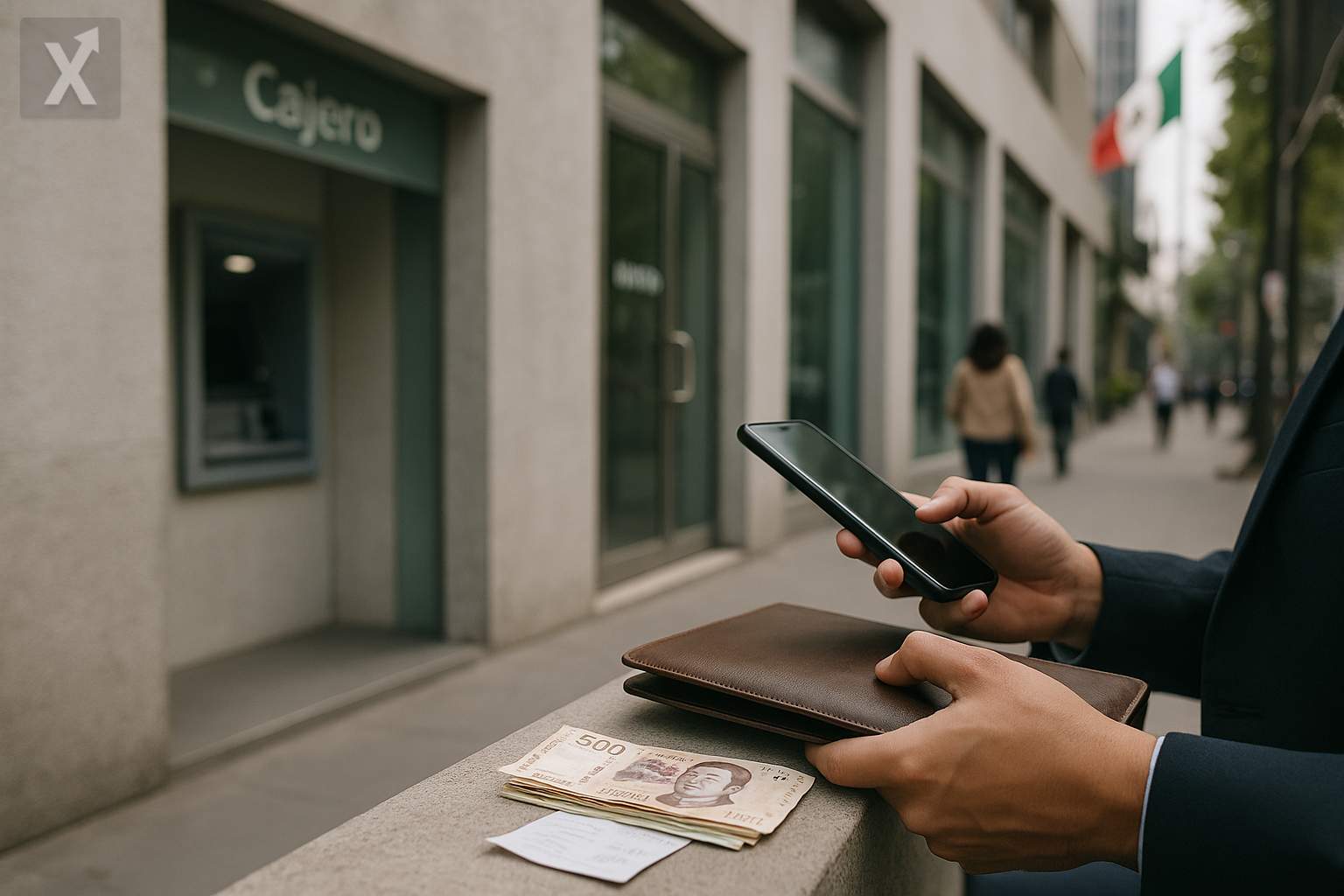Mexico Has Room for a Qualitative Leap If It Accelerates Pro-Investment Reforms and Embraces AI, Says WEF

Mexico could pave its way toward becoming an advanced economy within the next decade if it puts innovation, artificial intelligence (AI), and talent development at the center of its agenda and pairs this shift with reforms that make investment easier. This was the main takeaway from the “Country Strategy” meeting led by the World Economic Forum (WEF), headed by its president Børge Brende and its Latin America director Marisol Argueta. They emphasized that Mexico starts from a strong position due to its strategic location, proximity to the United States, favorable demographics, and a public debt close to 50% of GDP—relatively low compared to other emerging economies.
The WEF highlighted that global dynamism is increasingly moving toward the digital economy and knowledge-intensive services. For Mexico, the challenge isn’t to abandon manufacturing—which will remain a key driver—but to move up the value chain into higher value-added activities powered by software, data, and business services. In this direction, investing in human capital is crucial: technical education, digital skills, and continual upskilling. As a sign of private sector interest, the organization pointed to Salesforce’s recently announced $1 billion investment in Mexico over four years and the participation of more than 60 executives from 17 countries in meetings with the federal government.
The window of opportunity presented by nearshoring remains open, but capturing it requires resolving bottlenecks: legal certainty, clear and predictable regulations, robust logistics infrastructure, and—above all—ample, competitive, and cleaner energy to meet ESG standards. The expansion of data centers—already emerging in states like Querétaro—will demand resilient power grids, water, and streamlined permitting processes. Business leaders also voiced ongoing concerns about trade tensions with the U.S. and the upcoming review of the USMCA in 2026, although most participants remained optimistic and focused on how to speed up technology adoption and build up local capabilities.
On the domestic front, the internal market looks more robust following several increases in the minimum wage and generally resilient employment. These incomes are supporting consumption, while inflation has eased from its 2022 peaks, though it remains at the upper end of the central bank’s target range. The Bank of Mexico has started a prudent easing cycle from historically high levels, closely monitoring price signals and the peso’s performance. Record-high remittances and investment inflows related to nearshoring have also bolstered domestic demand.
To turn this cyclical momentum into long-term growth, analysts agree on three main priorities: i) close productivity gaps through widespread digitalization of SMEs and responsible AI adoption; ii) strengthen human capital via dual education, STEM training, and professional certifications; and iii) improve the business climate with effective competition, regulatory simplification, and swift justice. A robust data agenda—covering protection, cybersecurity, and secure data sharing—will also be essential for new export-oriented service industries to thrive.
The fiscal and energy components will also weigh on Mexico’s trajectory. While the debt level is manageable, there’s little room in the budget after increased spending needs, making fiscal discipline critical for maintaining infrastructure investment. In energy, a mix of stronger transmission, cleaner generation, and clear rules for private participation can catalyze industrial and technological projects. On the political front, the WEF’s invitation for Mexico’s president to attend Davos in 2026 reflects international interest, although moving from announcements to action will depend on execution on the ground.
In short, Mexico is facing a favorable backdrop due to its location, demographics, and consumption, further strengthened by nearshoring and digitalization. Turning this momentum into a qualitative leap will require accelerating pro-investment reforms, boosting infrastructure—especially energy and digital—and betting on talent and AI adoption. The direction is clear; the speed of execution will determine whether the country consolidates its transition to an advanced economy profile in the coming decade.






